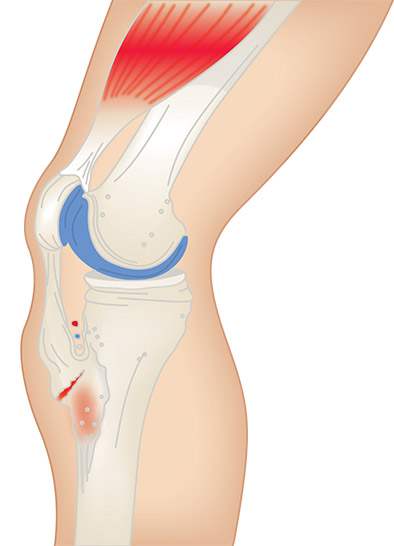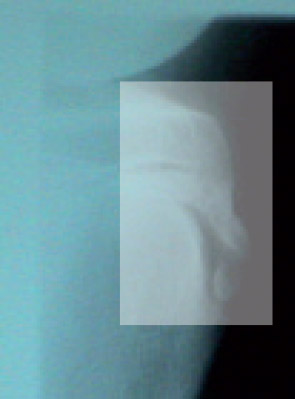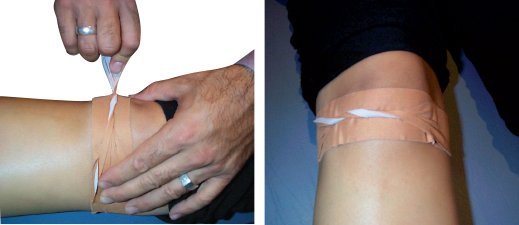Osgood Schlatters Disease affects active young people (particularly boys) between the ages of 10 and 16. Osgood Schlatters is caused by repetitive stress or tension on the growth plate of the tibial tuberosity (the apophysis), which can be complicated by growth spurts and biomechanical dysfunction. This disease can go undiagnosed as the symptoms are often attributed to ‘growing pains’. If growing pains were a normal every child would experience the same pain – which is not the case. There is some evidence to suggest that Osgood Schlatters Disease afflicts children who are experiencing rapid growth and exhibit external tibial torsion (and resultant internal tibial rotation) associated with excessive pronation.
Often sufferers play sports that include frequent running and jumping, including football, basketball, gymnastics and ballet. Young netballers can also be susceptible to Osgood Schlatters Disease as they stop, pivot and push off on one leg, putting increased pressure on the knee joint and surrounding soft tissues.
Biomechanical Aetiology
Osgood Schlatters Disease can be caused by repetitive tension and or stress on the growth plate located on the upper tibia. It is also associated with an avulsion injury where the patella tendon is placed under stretches so much that starts to detach from the tibial tuberosity, which in extreme cases can cause bone fragment to tear away with the tendon. This disease is often associated with children undergoing a growth spurt, who may also have biomechanical dysfunction in the form of external tibial torsion. Osgood Schlatters Disease is characterized by inflammation of the patella tendon and surrounding soft tissue at the attachment to the tibial tuberosity.
Symptoms
Symptoms of Osgood Schlatters Disease include:
- Pain and or swelling over the tibial tubercle
- Weakness in the quadriceps muscle groups
- Increased pain and swelling of the knee with activity
- A visible lump at the base of the affected knee cap
- Pain when the affected area is touched, Pain may last only a few months or may continue to re-occur until the child stops growing.
Treatment
ICB Orthotics should be prescribed and moulded to the patient’s Neutral Calcaneal Stance Position to realign the feet and knees, and reduce the effect of tibial rotation (and the resultant excessive stretching of the patella tendon). An Osgood Schlatter strapping technique can also be used in combination with orthotic therapy to reduce the tension on the attachment at the growth plate whilst the child is engaged in sporting activities.
Additional Treatment
- RICE (Rest – Ice – Compression – Evaluation) can also be incorporated into the treatment to assist in reducing the inflammation and swelling.
- It is most important that the patella tendon is not stretched whilst it is inflamed as doing so will exacerbate the tearing at the attachment. Instead, deep friction massage can be used to aid in pain relief.
- Prolotherapy (‘Proliferation Therapy): can also be beneficial in repairing damage to the attachment and aid in the healing process.
Head Office
Kirrawee NSW 2232
AUSTRALIA




